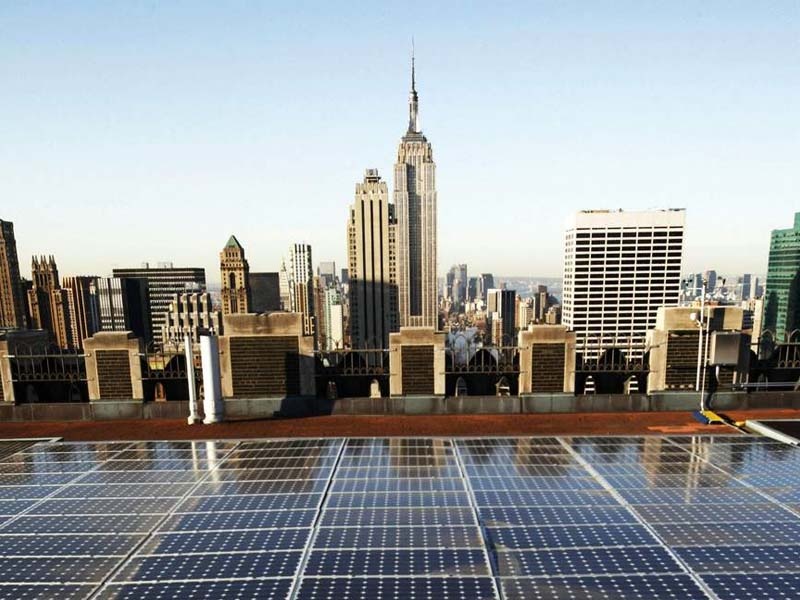The singer Beyonce, made the news these days because BeyGood, her philanthropic organization, gave a donation to the entrepreneurial founder of Gran Blvd, a startup of recycled garments and made in a sustainable way.
They use clothes vintage or used, as well as virgin fabric, to create elegant blouses, pants, dresses, skirts, outerwear and accessories with truly unique styles, explains the report by the Trendsity consultancy led by Mariela Mociulsky.
Various consumption models are emerging that are actively making a commitment to recycle garments in order to reduce the impact of the textile industry and promote responsible consumption. We have already said here that the textile industry is the second most polluting in the world. Each year, more than 150,000 million garments are manufactured, that is, 62 million tons of clothing and accessories. 30% are never sold and 90% of that total is incinerated. Only 2% is recycled to produce new materials and fabrics. In addition, this industry is responsible for 20% of all the toxins that are dumped into water.
Beyond the traditional American fair and with new business models, a new wave of stores is being born, which even with showrooms “Cool” in strategic areas offer new options for consumers interested in promoting these values. Two interesting cases are Warehouse of Clothes and Urban Luxury.
In both cases, the option is to be able to sell used clothing in excellent condition, with current styles and with an emphasis on being nationally and internationally recognized brands. The possibility is to take a more percentage of the price that is established for the garment depending on whether cash or credits are preferred to buy garments again on the spot. There is also the option to directly donate the garments. It is worth noting that the model it proposes was already consolidated Renew Your Dresser which acts as a marketplace between buyers and sellers of used garments.
The younger generations are fully in tune with these trends. According to a research Trendsity is the first generation with true environmental awareness (53% consider their generation to be the first to have a true commitment to the environment and associate it with action, education and change) and 80% feel motivated and enthusiastic about generating a change in habits. In the case of clothing, they understand that the need to dress or renovate the wardrobe does not have to imply a fashion industry where seasons and waste are constant.
–

